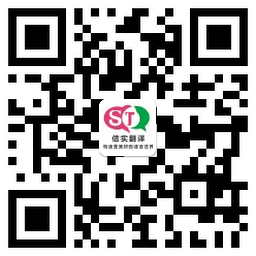机械类1
The Tool holder field show the status of the tool holder. It shows the status of the inputs that senses the tool holder positions. These sensors are located at the pneumatic cylinder that moves the tool holder.
This field also shows the status of the outputs that operate the pneumatic cylinder.
Booth sensors must not be activated at the same time and the sensors must represent the real state of the tool holder.
When the tool holder is not moving, the outputs are turned OFF.
The Arm Changer field shows the status of the arm. There are 2 inputs related to the position of the changer arm.
When the arm is at rest position, the input “Changer arm home” will be on. The signal “Stop changer arm” will be on only when is reached some position of interest to do something. This signal is most required for arm changing stage sequence.
The output shows the status of the output that drives the motor of the changer arm.
The ATC field shows the status of the signals related to the magazine movement and position.
The inputs are related to the pocket 1 detection and position counting. There is also a numeric field that shows the actual position known by the PLC controller.
机械类2
7.12.9 Travel and traverse motions
The travel and transverse motions, where power driven, shall be provided with an in service brake, and where limiting devices are provided to control the travel motion, the brake shall be automatically applied by such limits. Where the crane is not cabin-controlled, the brake shall be applied automatically. Where the crane is cabin-controlled, the brake shall be capable of being locked on.
For outdoor cranes, where automatically applied in service brake or the wheel-to-rail frictional forces, assuming a coefficient of friction between wheel and rail of 0.15, are insufficient to restrain the crane or part of the crane when subjected to out of service forces, e.g., wind forces, then an out of service brake shall be provided. Such brakes shall be automatic for cranes with the dead weight of the structure exceeding 20 t and shall not be applied until the crane is at rest. Where the driving power is transmitted through a hydraulic coupling or other non-positive medium, the brake shall be located on the driven side of such medium. The out of service brake shall be capable of restraining movement assuming a coefficient of friction between wheel and rail of 0.15, or between hardened serrated pads and rail of 0.25.
Outdoor cranes shall be provided with an out of service brake/anchorage system where the in service brake(s) is insufficient to restrain the crane or part of the crane when subjected to out of service forces, e.g., wind forces. Appropriate Parts of the AS 1418 series may provide detailed requirements for out of service brakes.


